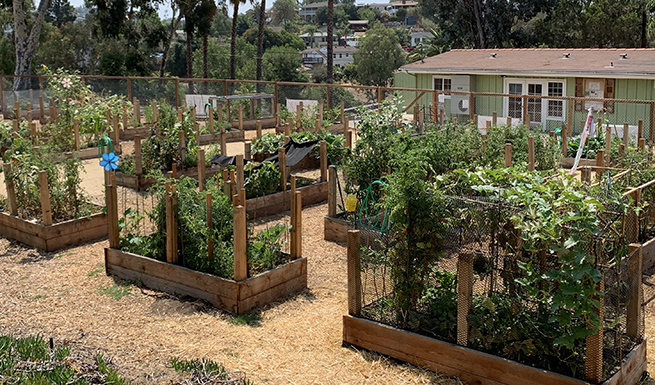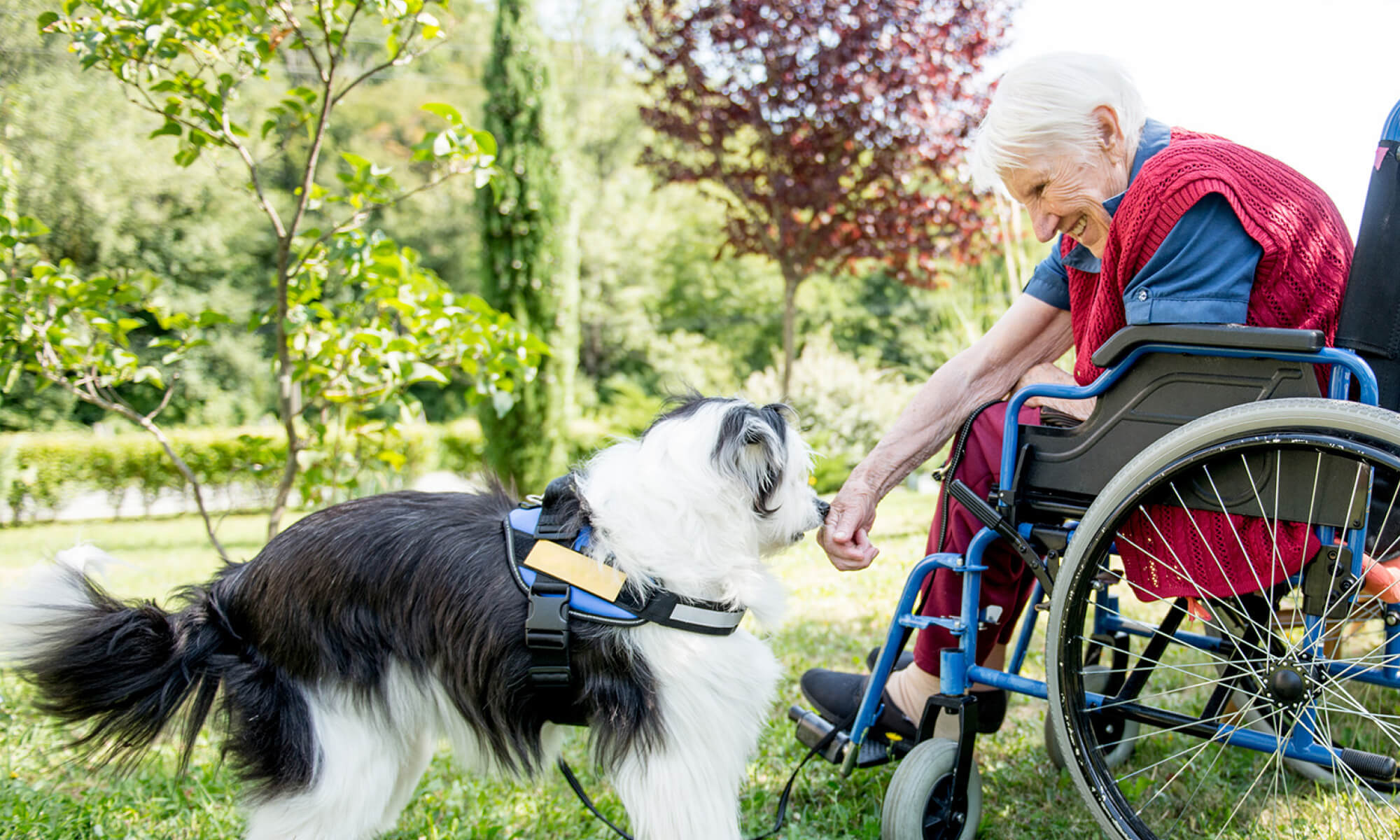Ranked #30 in U.S. News 125 Best Places to Live in the USA report, San Diego is without question one of the most desirable places to live in the country.
That is, if you can afford it.
According to the Addressing the Housing Affordability Crisis report from the San Diego Housing Commission, half of San Diego’s residents cannot find affordable market rate rental housing.
Well past a housing shortage, San Diego, like most of California, is facing a housing crisis.
Already behind the target defined by the 2010-2020 Regional Housing Needs Allocation goals, the San Diego Housing Commission estimates that housing needs will reach up to 220,000 units by 2028.
Impacting All Generations
Given demographic trends, which estimate the number of older adults aged 65 and above will double by 2030, a good portion of the unmet need for housing units in the coming decades will directly impact older adults – especially those who are low-income renters.
San Diegans recognize the challenges that the lack of housing in the region poses, and Older Americans Month serves as an opportunity to uncover its impact on our senior community.
According to Serving Seniors, a nonprofit agency dedicated to helping seniors in poverty live healthy and fulfilling lives, two out of five older adults currently living in San Diego must choose between rent and food.
Older adults who are homeowners are not immune to the effects of this crisis, either.
While having a secure place to live, aging adults may be “house rich” and cash poor, making regular home maintenance or accessibility modifications a serious challenge to their goal of “aging-in-place.” Being able to “downsize” or secure a home that better meets their needs as they age allows older adults to smartly utilize their assets, while reintegrating family-size housing options back into the market.
State and Local Efforts
A series of bills recently went into effect in early 2018 that encourage individuals and homeowners to help with the housing crisis by easing the processes and fees associated with building Accessory Dwelling Units (ADUs), or “Granny Flats.” According to some estimates, ADUs can account for more than 10,000 new naturally affordable units in the city of San Diego alone.
As shared at the San Diego County ADU Status Conference, ADUs present positive implications not only as rental properties, but also for keeping families and support networks close.
Grown children can use the ADU as a starter home while they save for their forever home, and mom or dad can move in when they can no longer safely live on their own. Older adults can downsize to their already-owned “Granny Flat,” while supplementing their income renting out the larger family home.
In 2017, California passed 15 bills to address a broad range of issues related to the housing crisis. The collection of these bills, or the “California’s 2017 Housing Package” provide funding for affordable housing, accelerate development approvals, ensure better enforcement of existing housing laws, and strengthen local jurisdiction accountability measures, while also enhancing data collection and monitoring to inform future policy.
At the local level, the San Diego City Council recently adopted two additional strategies as part of Mayor Kevin L. Faulconer’s “Housing SD” plan to help increase housing supply, lower development costs and promote smart growth.
The strategies will expand the City’s Affordable Housing Density Program and make several code changes to streamline the development process, remove unnecessary barriers to development and increase production.
The passing of the 2017 California Housing Package and implementation of Mayor Faulconer’s Housing SD plan bring promise, particularly for older adults. According to the San Diego Housing Commission’s report, San Diego has the potential to meet and exceed its housing needs if “all potential housing capacity is fully captured”.
Making sure those who have contributed to the rich culture and prosperity of San Diego can also afford to stay and live in San Diego is the focus of The San Diego Foundation Age-friendly Communities Program.




